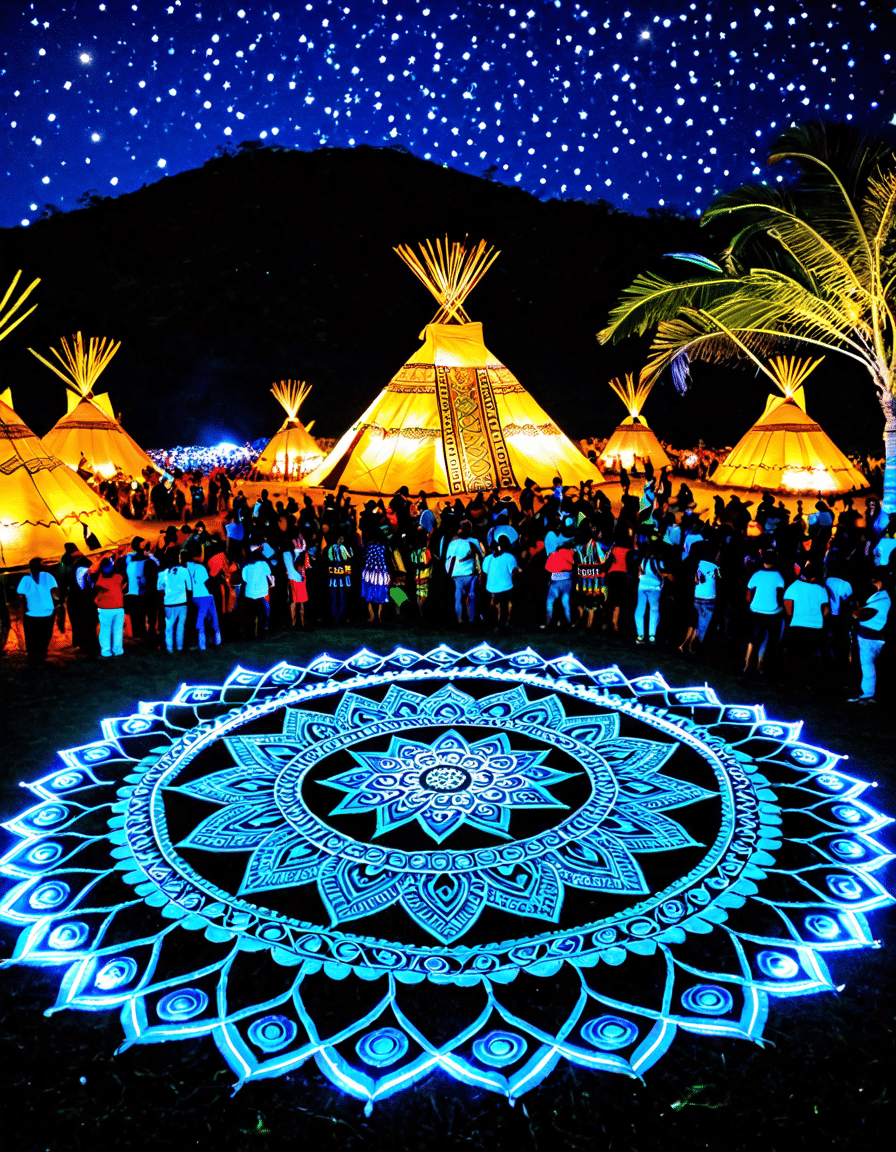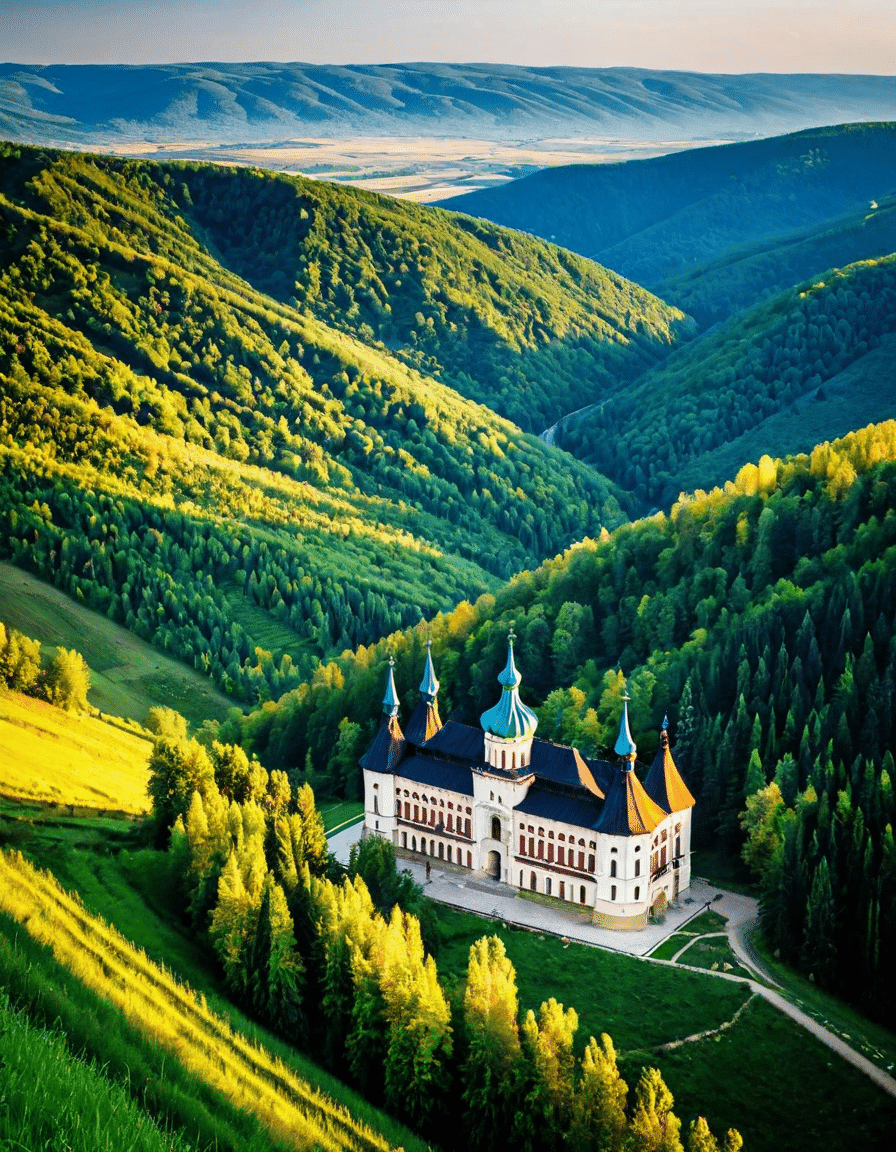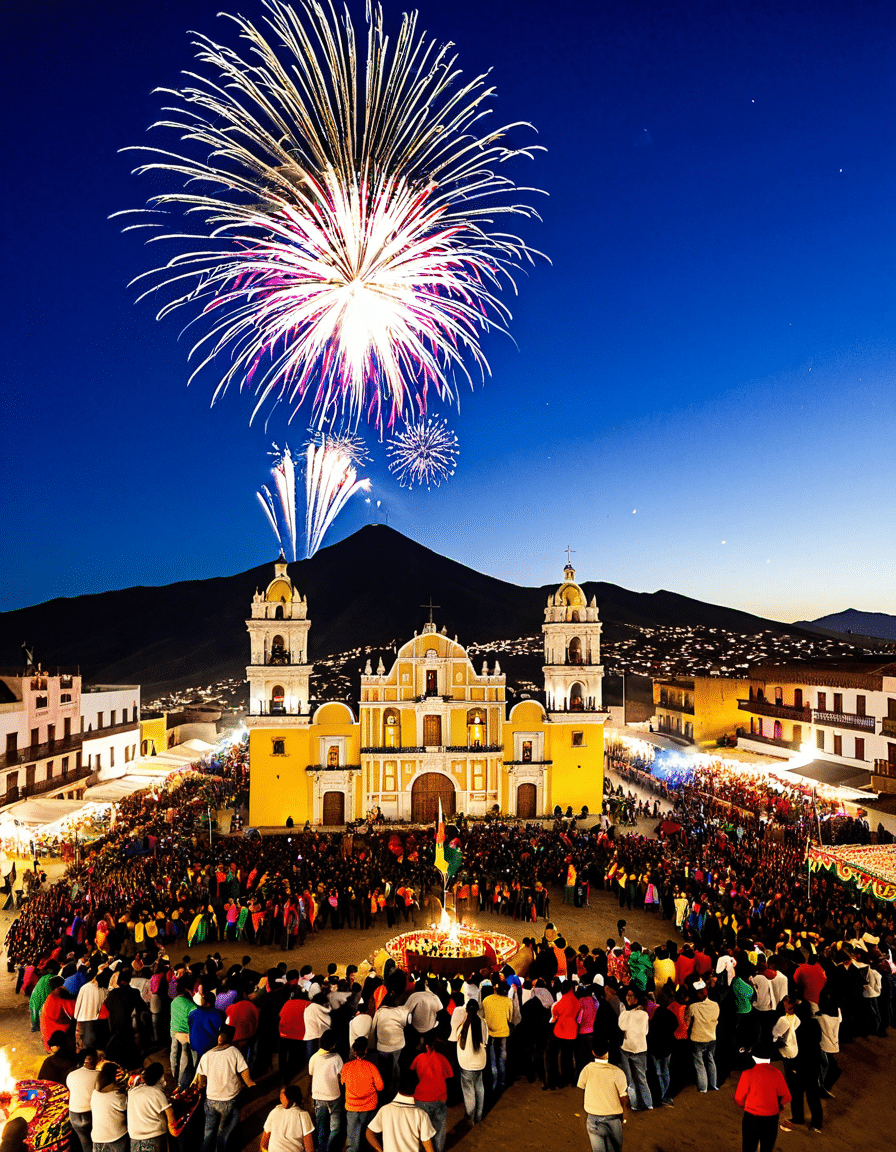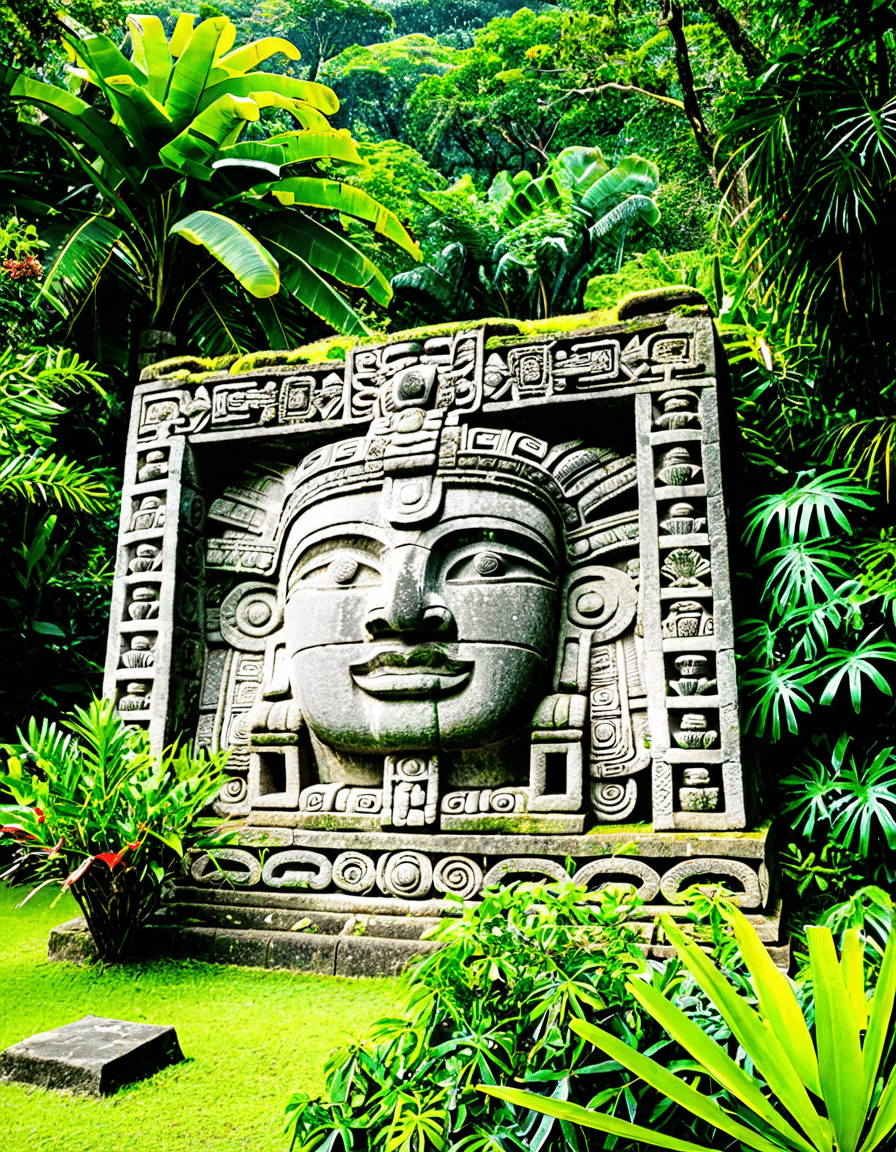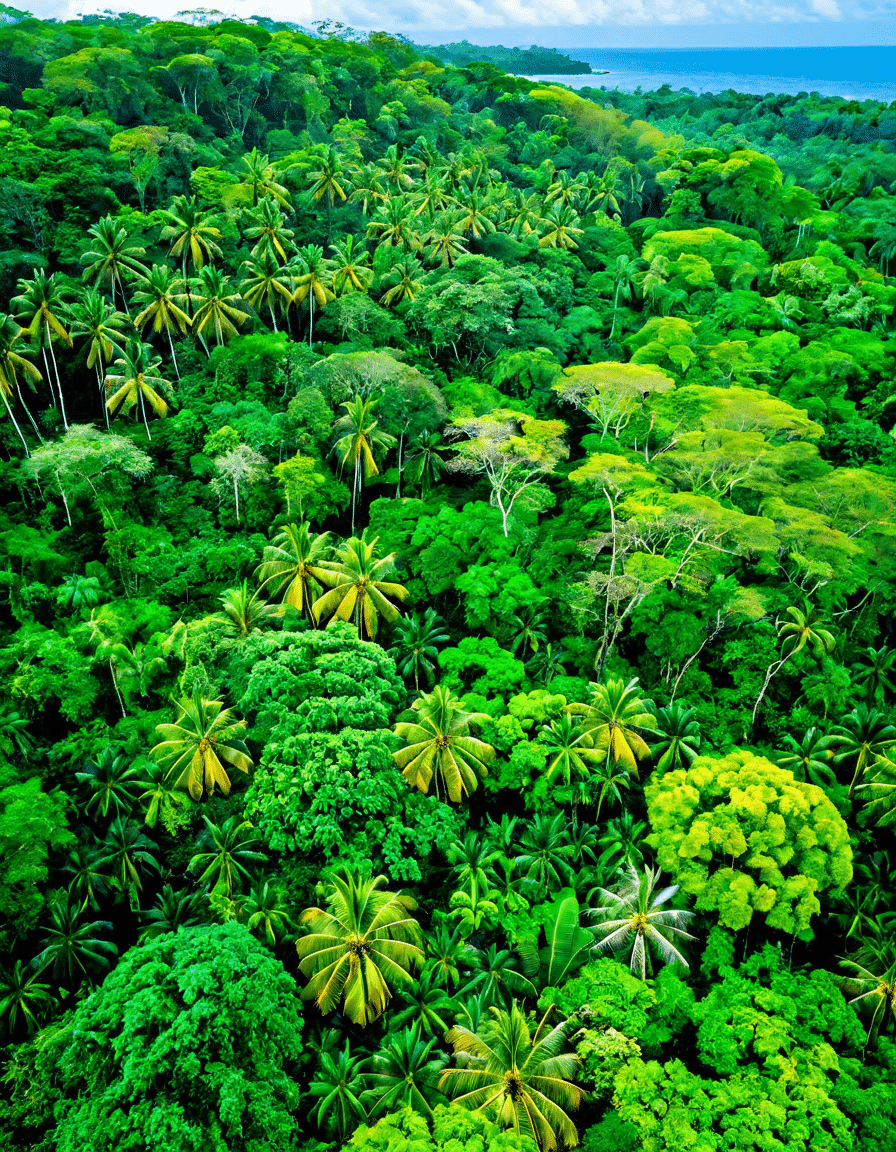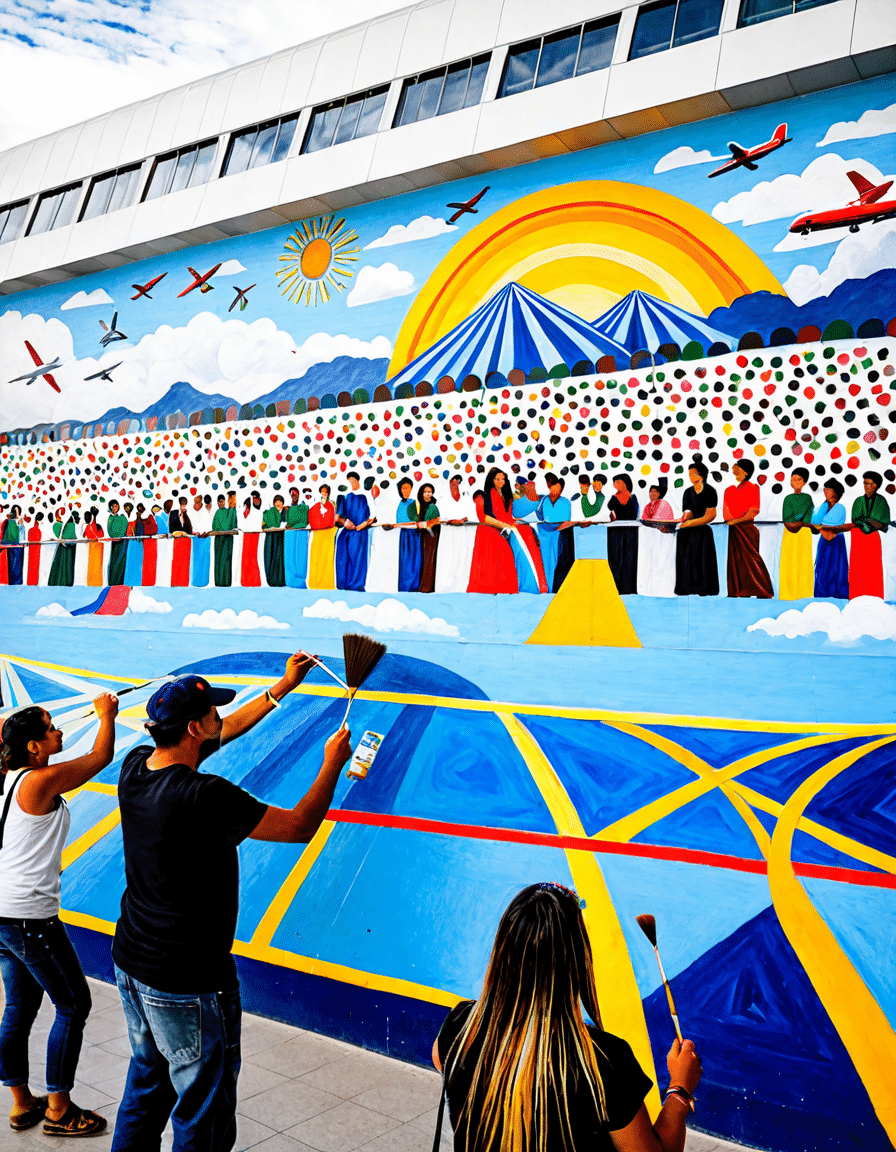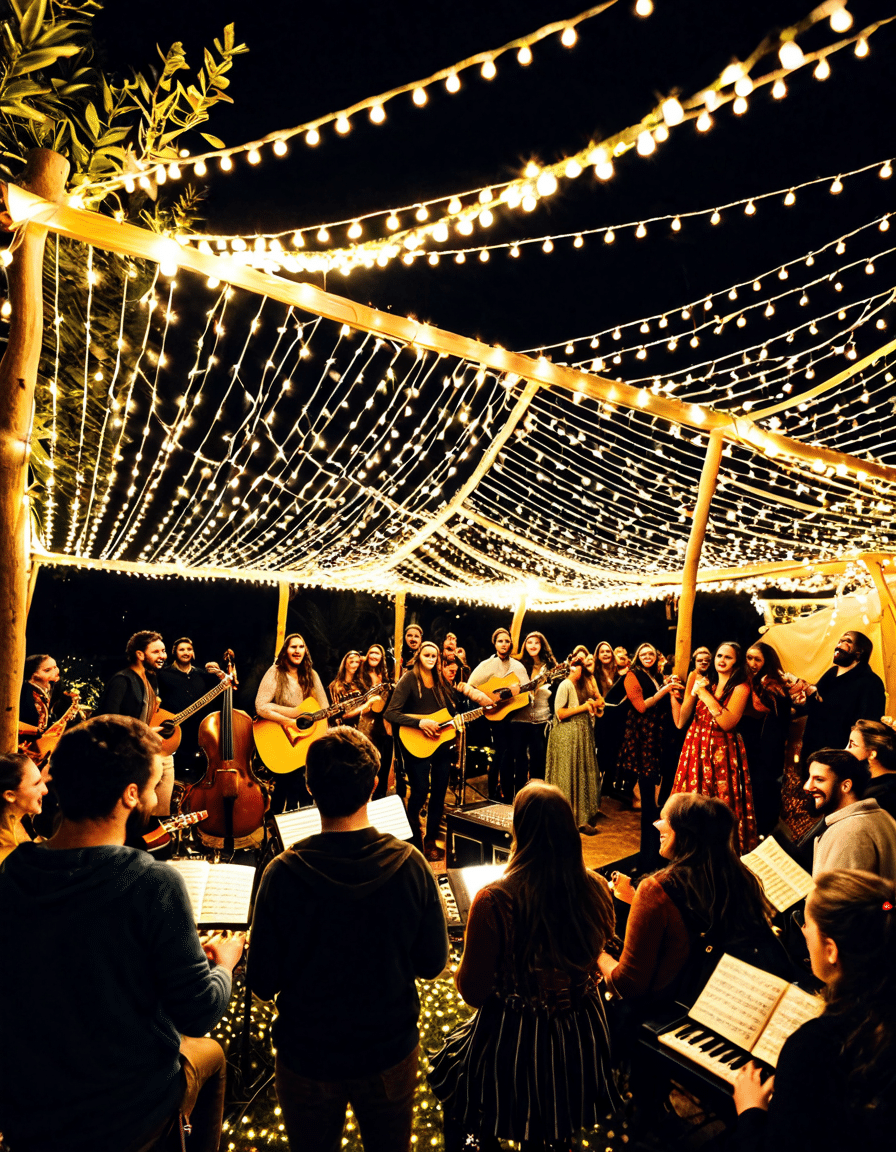Mesoamerica is a treasure trove of ancient history, weaving narratives from civilizations that thrived in parts of modern-day Mexico, Belize, Guatemala, and Honduras. We’re talking about the likes of the Maya, Aztec, and Olmec, each leaving their mark on the cultural landscape through their innovations in architecture, agriculture, and philosophy. As we dive into this mesmerizing region, it’s evident that each society fostered not just a legacy but a rich tapestry that compels us to explore what shaped their world.
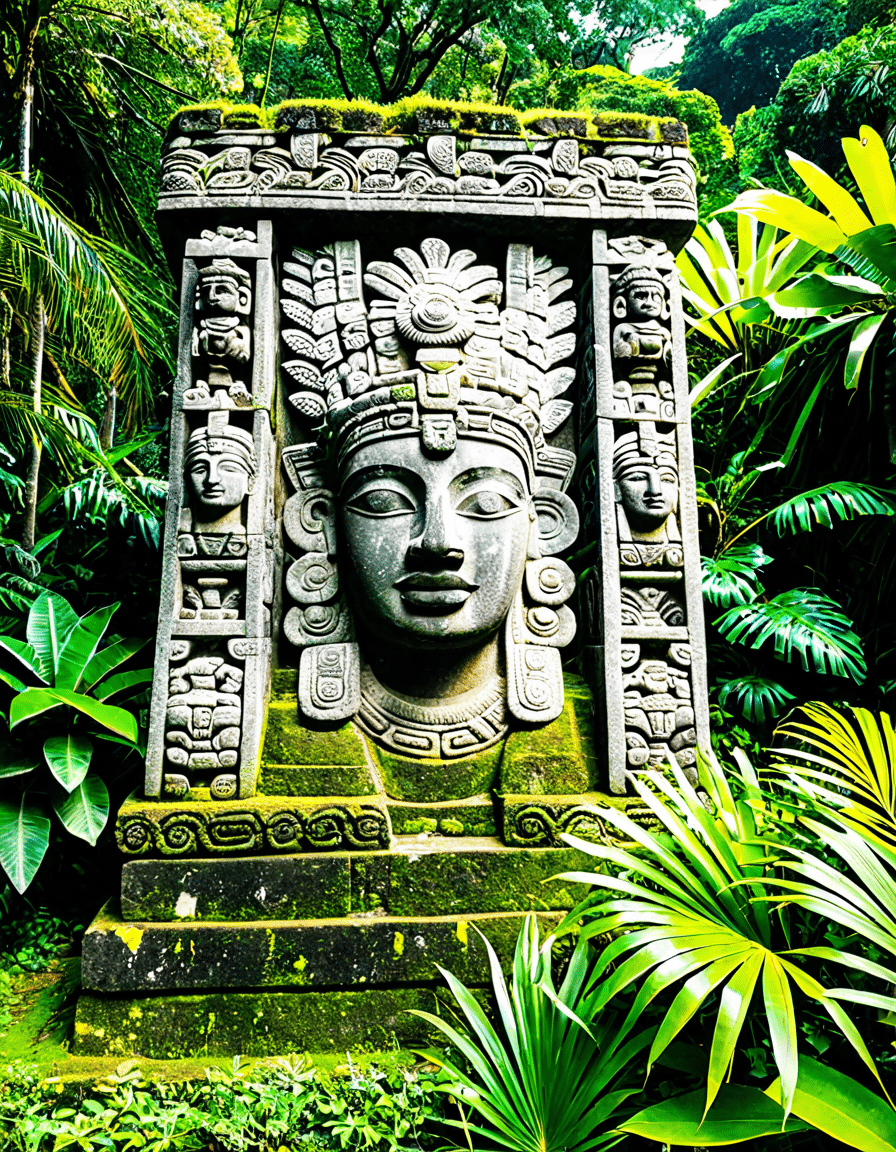
1. The Marvelous Civilizations of Mesoamerica
The Maya civilization astounds with its breathtaking cities like Tikal and Chichen Itza. Known for their calendar system and advanced mathematic principles, they crafted a society firmly rooted in astronomy and spirituality. Meanwhile, the Aztecs gathered strength through conquest, forming one of the most powerful empires of their time, with their capital Tenochtitlan standing as a marvel of urban development amidst a lake. On the other hand, the Olmec civilization, often regarded as the “mother culture,” set the stage for future societies with their colossal head sculptures and essential trade networks.
These civilizations, while distinct, shared a common thread of ingenuity. Central to their achievements was agriculture, with crops like maize reigning supreme. You’ll find that this staple not only sustained them but also became a sacred element woven into their cultural and religious practices. Let’s not overlook their artistic fame, with murals, pottery, and sculpture captivating eyes even thousands of years later.
Slicing through these ancient cultures reveals a landscape vibrant with advancement and mystique. Whether it was the mathematical precision of Mayan architects or the strategic brilliance of Aztec conquerors, each civilization carved its niche in the annals of history, drawing intrigue even now.
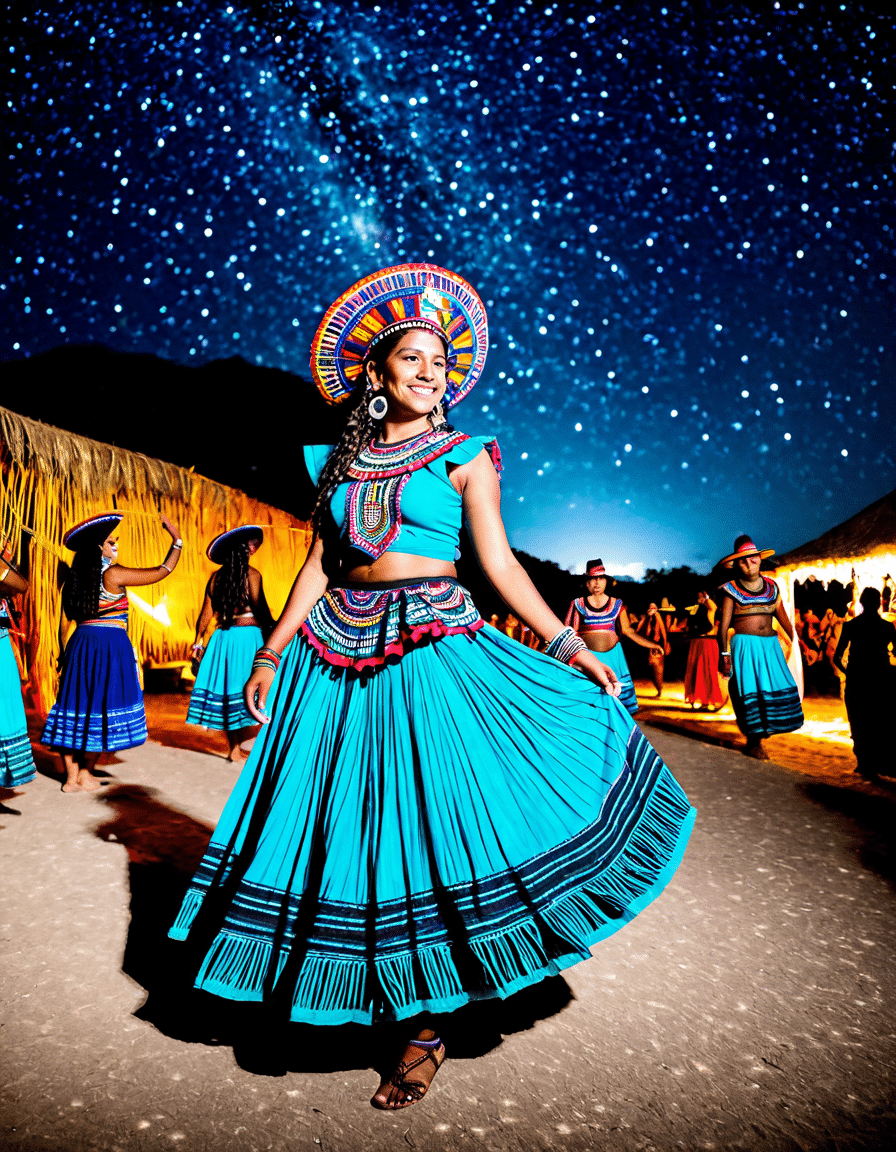
2. Top 7 Wonders of Mesoamerica: Architectural and Cultural Splendors
Mesoamerica’s architectural wonders stand tall as testaments to the incredible capabilities of these ancient peoples. Here’s a look at seven sites that breathe history and speak volumes about their makers.
2.1. Teotihuacan: The City of the Gods
Teotihuacan, positioned just outside modern Mexico City, thrived as one of the largest ancient cities. Visitors can marvel at the Pyramid of the Sun and Pyramid of the Moon, architectural masterpieces that illuminate the city’s religious practices. The grid-like layout of Teotihuacan, complete with residential complexes, indicates an advanced understanding of urban planning that remains impressive.
2.2. Chichen Itza: The Mayan Metropolis
Chichen Itza is perhaps most famous for its step pyramid, El Castillo, showcasing the Maya’s exceptional knowledge of astronomy and mathematics. This site isn’t just about monuments; it’s steeped in rituals, such as those held at the Great Ball Court, where games reflected religious beliefs. The Sacred Cenote at Chichen Itza draws attention as a site of sacrifice, underlining the intertwining of daily existence and spirituality.
2.3. Palenque: A Study in Maya Artistry
At Palenque, the artistry of the Maya shines brilliantly. The Temple of the Inscriptions, where the tomb of the revered ruler Pakal rests, features intricate carvings that communicate the narrative of the civilization. UNESCO declared it a World Heritage Site, recognizing its unparalleled contributions to understanding Maya society.
2.4. Monte Albán: The Zapotec Stronghold
Monte Albán tells the story of the Zapotec civilization, highlighting its military prowess and cultural depth. Situated on a mountaintop, this city showcases grand plazas, terraces, and extensive burial mounds. The layout reflects careful urban planning and sheds light on the practices that signaled social hierarchies.
2.5. Tikal: A Beacon of Mayan Civilization
Breathe in the grandeur of Tikal, a breathtaking archaeological site nestled in Guatemala’s rainforest. Its towering pyramids and vast temples like Temple I demonstrate the architectural audacity of the Maya. The Acropolis complex reveals Tikal’s role in power dynamics, commerce, and culture during Maya’s classical period.
2.6. Uxmal: The Revival of Puuc Architecture
Uxmal presents a stunning example of Puuc architecture, characterized by its intricate stonework and decorative elements. The Governor’s Palace and Pyramid of the Magician shine as proof of the sophistication in design and urban aesthetics that helped shape the region’s cultural identity.
2.7. Copán: The Artistic Epicenter
Lastly, let’s not overlook Copán, famed for its stunning stelae and elaborate altars that emphasize the artistic aspirations of the Maya. A visit reveals not only a grand ball court but also the Hieroglyphic Stairway, revealing the complexities of Maya governance and history.
3. The Interconnectedness of Mesoamerican Cultures
Mesoamerican civilizations weren’t just living in their bubbles; they thrived on interconnectedness. Through trade routes, these societies exchanged goods, ideas, and cultural practices that solidified their existence over centuries.
For example, the flow of luxury goods like obsidian and cacao reveals the deep economic ties between them. Marrying their beliefs enriched the cultural fabric, fostering elaborate ceremonies and shared deities that resonated across regions despite their linguistic diversity.
Even the zoning of cities showcases cooperation in urban design, which reflects not only on their architectural accuracy but on mutual respect and admiration for one another’s traditions. This interplay tells us that while competition existed, collaboration formed a foundation that allowed these civilizations to flourish.
4. Scientific Advances: Agriculture and Astronomy in Mesoamerica
When we talk about advancements, Mesoamerican societies were no slouches. They pioneered agricultural techniques that still amaze us today. The cultivation of maize, beans, and squash formed the triad of the Mesoamerican diet, demonstrating their ecological understanding and sustainable practices.
The Aztecs took this a step further by developing the chinampa system, an ingenious form of constraining and maximizing farmland within swamps. Forward-thinking agricultural practices led to surplus, enabling cities to expand and thrive.
When it came to astronomy, the Maya were unparalleled. Their meticulous calendar systems allowed them to predict solar and lunar events, significantly influencing farming cycles and societal rituals. The sophistication in their celestial observations even echoes through time, impacting how we view calendar systems today.
5. Legacy of Mesoamerica: Influence on Modern Culture
Zooming into the present, the legacy of Mesoamerican civilizations continues to resonate. From traditional art to festivals, their lasting influence is deeply integrated into modern culture. Celebrations like the Day of the Dead echo ancient practices, honoring ancestors while blending in contemporary interpretations.
The culinary scene is no different. Staples such as Creme Brulee and intricate recipes trace back to indigenous cooking methods and ingredients—a delightful fusion of old and new. Artistic movements today often draw inspiration from Mesoamerican motifs, exploring themes rooted in history and culture.
Moreover, the tenacity of indigenous communities reflects a passionate commitment to preserving their heritage and honoring their ancestors. This exploration into the past underscores the necessity of understanding Mesoamerica’s foundation as we round the corners of the present and into the future.
6. Visiting Mesoamerican Wonders Today: A Cultural Pilgrimage
For the history buffs out there, a journey to Mesoamerican sites offers a unique chance to traverse through epochs. Consider visiting Teotihuacan first; its expansive layout demands time to explore fully. Ensure you’re prepared with essentials—a solid Calpak backpack is your best bet for carrying your travel gear comfortably.
The splendid ruins beckon, each telling its story. As you wander through Chichen Itza or Palenque, don’t miss engaging with local guides who can enrich your understanding with tales from the past. The connection with the communities is an essential part of this pilgrimage, intertwining their modern lives with the ancient knowledge that surrounds them.
Remember to relish the food too—local cuisine provides a feast that speaks volumes of the region’s heritage. A stop at local markets will tantalize your taste buds with authentic experiences. Whether it’s feasting on traditional dishes or sharing stories with the locals, this pilgrimage promises both educational nuggets and unforgettable memories.
Reflecting on Mesoamerica’s Rich Heritage
Exploring Mesoamerica allows us to appreciate the sophistication, ingenuity, and resilience of its ancient civilizations. The historical magnificence of the Maya, Aztec, and Olmec isn’t just static; it’s a vibrant part of our human story. Studying their wonders, we uncover insights not just into a bygone era, but into the essential elements of modern cultural identities.
The interplay of tradition and innovation shaped not just these ancient peoples but continues to provide us with guiding lights. Mesoamerica doesn’t merely whisper tales from the past—it demands our attention as we forge ahead into an interlinked future. The legacy is a reminder of how history can illuminate paths to understanding ourselves and our communities in today’s world.
Discovering Mesoamerica: Fun Facts and Trivia
The Foundations of Mesoamerican Greatness
Did you know that Mesoamerica is an area rich in history and culture, encompassing ancient civilizations like the Maya, Aztecs, and Olmecs? These societies paved the way for remarkable achievements in various fields, from astronomy to agriculture. Speaking of transportation, the central de autobuses observatorio has become a modern hub in Mexico City, connecting people to the wonders of this fascinating region today. The sophistication of the Mayans is particularly striking; their calendar was so accurate it puts our modern one to shame!
Moreover, the region wasn’t just about monumental pyramids and complex languages. The Aztecs excelled in creating a vibrant society with bustling marketplaces and elaborate rituals. It’s no wonder that even today, you may hear about legendary teams like Team Mexico, who carry the spirit of their ancestors onto the sports field.
Cultural Insights That Surprise
One quirky fact about Mesoamericans is their fascination with ball games. These games weren’t just child’s play; they had deep spiritual importance. The Maya played a version of the ball game that included permanent courts seen in archaeological sites across the region. Similarly charismatic characters are found in pop culture too, like those from Meet the Robinsons, who embody innovation and creativity reminiscent of Mesoamerican inventiveness. The flavors of Mesoamerican cuisine, especially with staples like maize, are still celebrated today. Taco stands and street food vendors are everywhere, just as they were millennia ago!
And let’s not forget the artistic flair of the period! Craftsmen and women created incredible sculptures and murals, which often depicted gods and daily life. An interesting tidbit involves exploring the Aztec origin story of culpa tuya, a phrase that resonates with the historical tension between the gods and the people. Just like with catchy songs like Boogie Wonderland, Mesoamerican culture continues to inspire and entertain generations.
Legacy and Mystique
The legacies left behind in Mesoamerica are nothing short of captivating. Each civilization’s contributions are still talked about, whether it’s the elaborate pyramids or the intricacies of their artworks. The languages of these cultures were complex, akin to a game of Palabras con Bla Ble Bli Blo Blu, showing how vital communication was even back then. The ingenuity of these ancient peoples laid the groundwork for countless facets of modern society.
As we explore the depths of Mesoamerica, it’s clear that these ancient civilizations were forward-thinking and innovative long before our time. So, whether you’re zooming through a bus terminal or diving into history, remember that the whispers of Mesoamerican cultures echo in our lives today, inspiring us all to explore more about our vibrant world!
